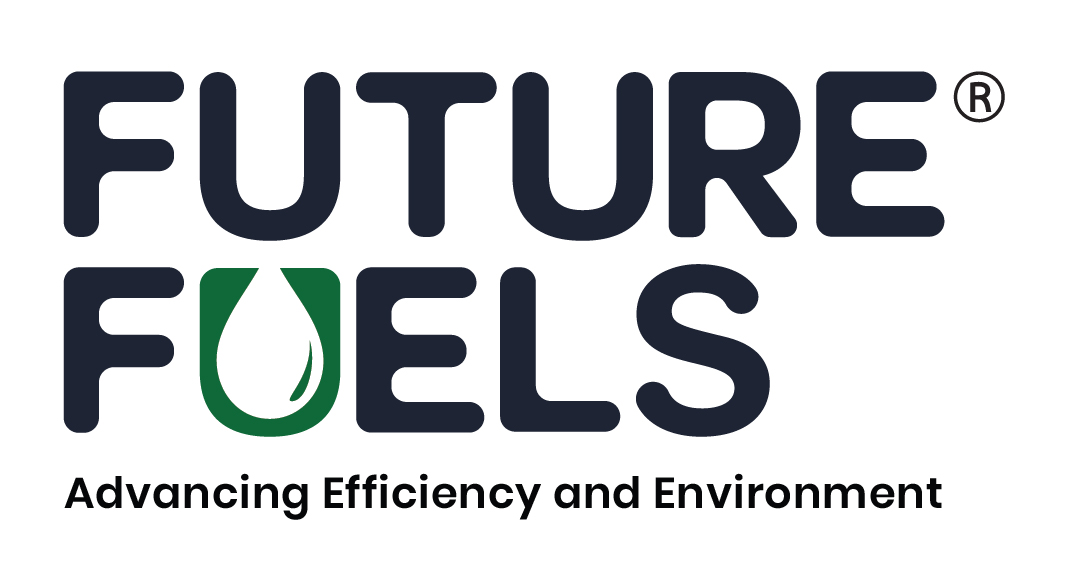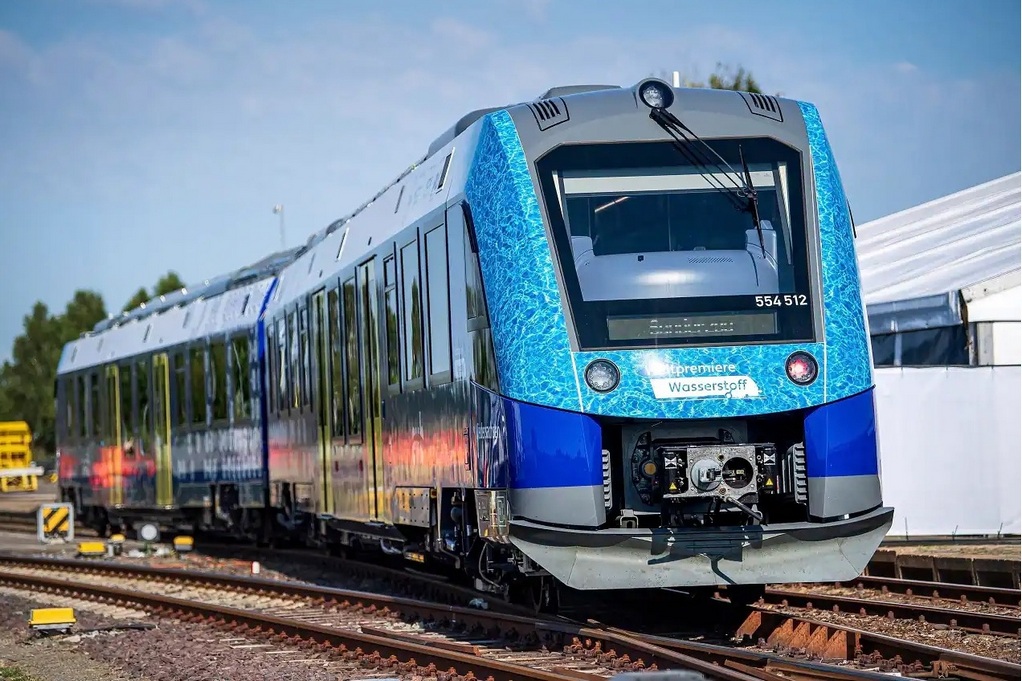Indian Railways is working on a mission mode to become the largest Green Railway in the world and is moving towards becoming a netzero carbon emitter by 2030, this was disclosed by Union Railways minister Ashwini Vaishnaw in a written reply to a question in Lok Sabha.
According to the Ministry of Railways, Indian Railways has taken a number of initiatives to reduce its carbon emissions which include the use of energy-efficient technologies like completely switching over to the production of three-phase electric locomotives with regenerative features, use of head-on-generation (HOG) technology, use of LED lights in buildings and coaches, star rated appliances and afforestation.
Further, the key strategies that have been identified for achieving the NetZero Carbon emission target are procurement of power through renewable energy sources; shifting from diesel to electric traction; promotion of energy efficiency; and afforestation.
The projected energy demand of Indian Railways in 2029-30 is expected to be about 8,200 Mega Watt (MW).
As of February 2023, about 147 MW of solar plants (both on Rooftops and on land) and about 103 MW of Wind power plants have been commissioned. Further, about 2150 MW of renewable capacity has also been tied up.
In addition, IR has planned to progressively procure renewable energy from different power procurement modes for its future energy requirements.
Tags: Afforestration, Indian Railways, LED, NetZero

Recent Posts
Electric vessels leading Singapore’s decarbonization journey
Hanwha Ocean invests into ammonia technology with Amogy
Neste and New Jersey Natural Gas to cut GHG emissions
Marriott International commits to achieve netzero by 2050
CEEC Hydrogen signs agreement with Headway Technology on green fuels
IIT Bombay partners with HSBC to support green hydrogen initiatives
ARAI receives 13 bids for green hydrogen projects
Crude oil consumption increased by 4.6% in FY24: PPAC